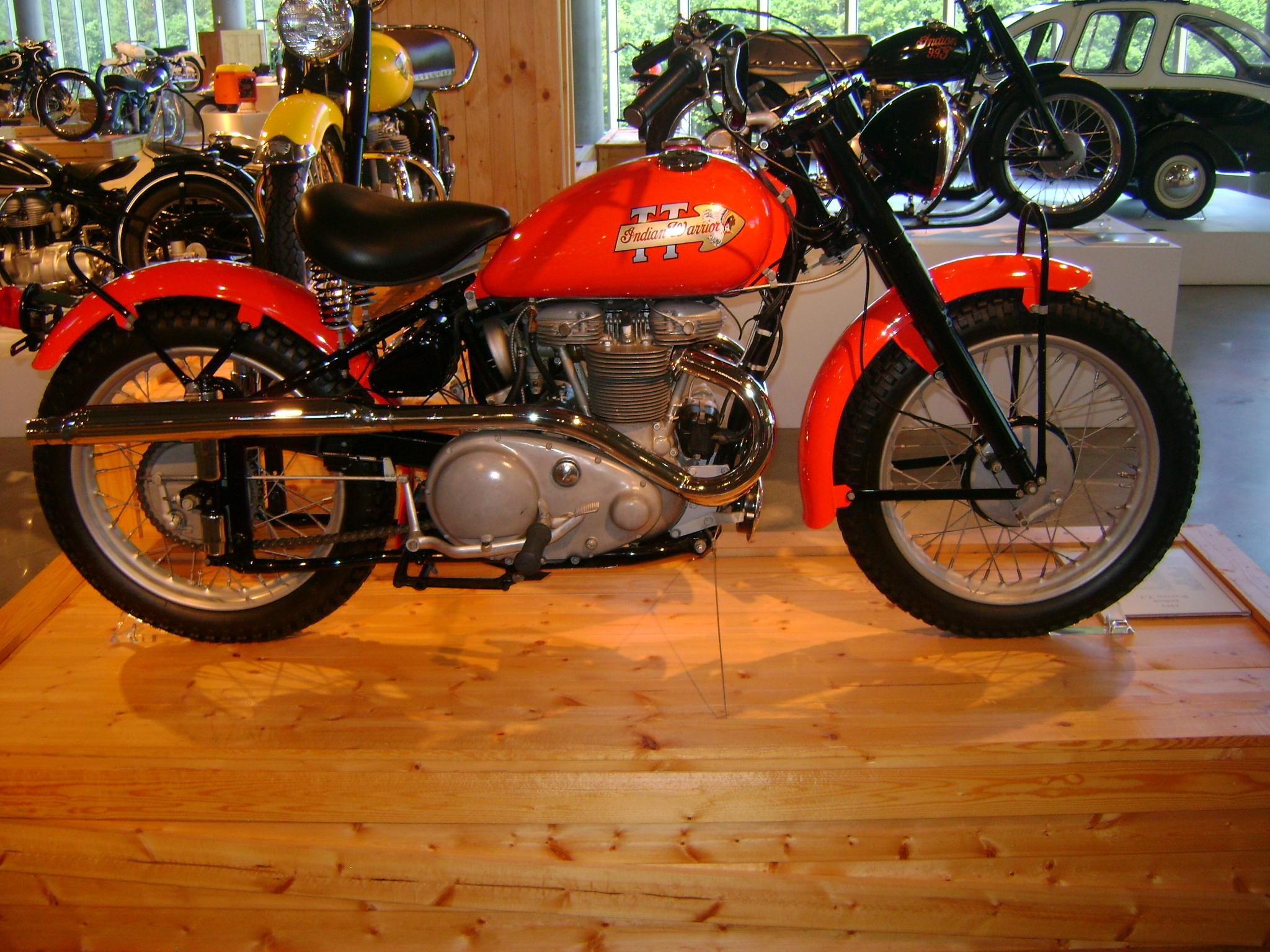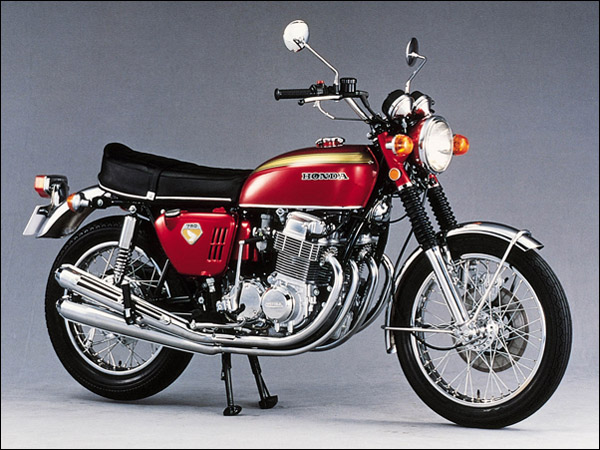

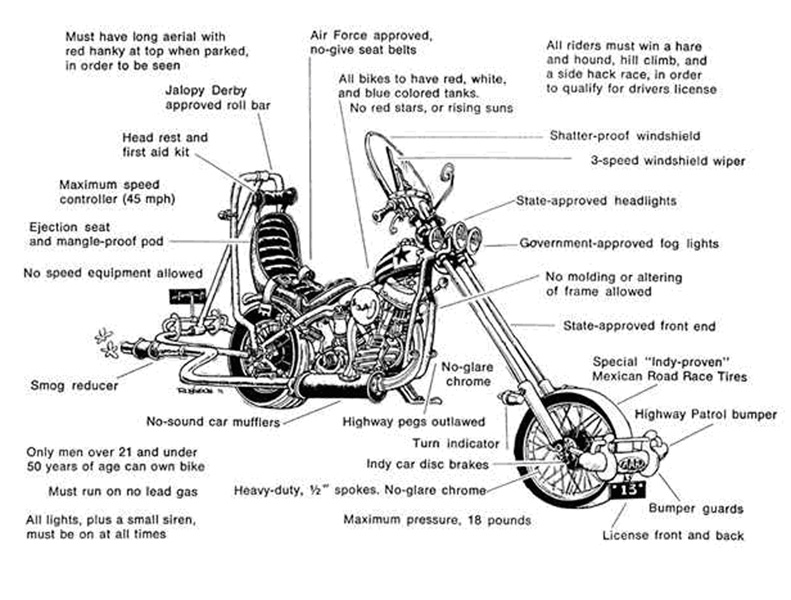

For the first time in 9 years Portlandian's feel the wind in their hair.
In 1967, to increase motorcycle helmet use, the federal government required the states to enact helmet use laws in order to qualify for certain federal safety programs and the above highway construction funds (no, really, your health and well-being are our top priority not the monies). The federal incentives or rather the threat of a reduction in construction funds worked! State after state fell to the federal “blackmail” threat. In Oregon the legislature first instated helmet use laws on January 1, 1968 where they remained in place until 1977.
As an aside, in Issue No. 3, October 1971, EASYRIDERS started a non-profit organization just for bikers. It was called NCCA (National Custom Cycle Association). One must keep in mind that back in 1971, no other motorcycle magazine except Roger Hull’s “Road Rider” was even giving an inch of space to anti-bike legislation. Editor Lou Kimzey saw fit to take on the extra burden of starting a motorcycle rights organization.
It wasn’t long until Kimzey changed NCCA to ABATE, A Brotherhood Against Totalitarian Enactments, the acronym fit at the time as unelected federal bureaucrats were in fact using coercion on state legislators to have specific laws enacted within the states.
In 1976, states successfully lobbied Congress to stop the Department of Transportation from assessing financial penalties on states without helmet laws and shortly thereafter began a pattern of repeal, reenactment, and amendment of motorcycle helmet laws. Specifically in Oregon, on October 4, 1977 the helmet law was repealed for age 18 and over.
Now don't throw your helmet away just yet, the helmet law has since been reinstated but, there is no helmet speaker law or handlebar height restriction. Bad-ass, super tall apes with Motorhead cranked up enough to make your ears bleed while blasting down Route 6 is A-OK.





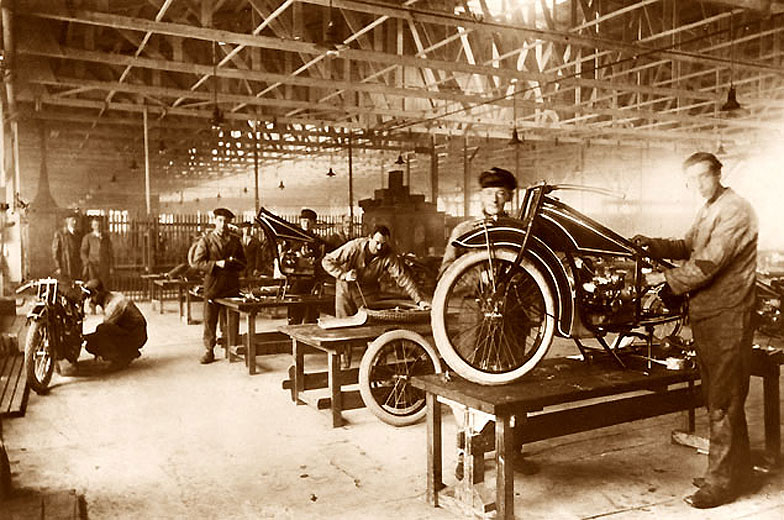
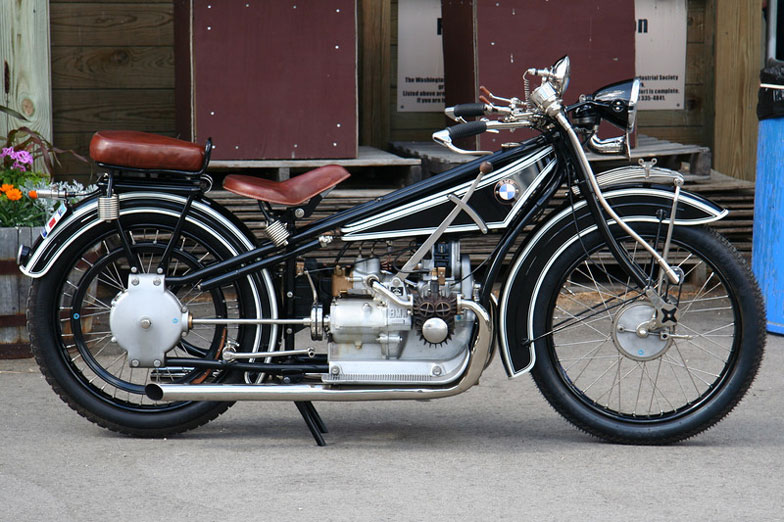
_-_The_Art_of_the_Motorcycle_-_Memphis.jpg)



